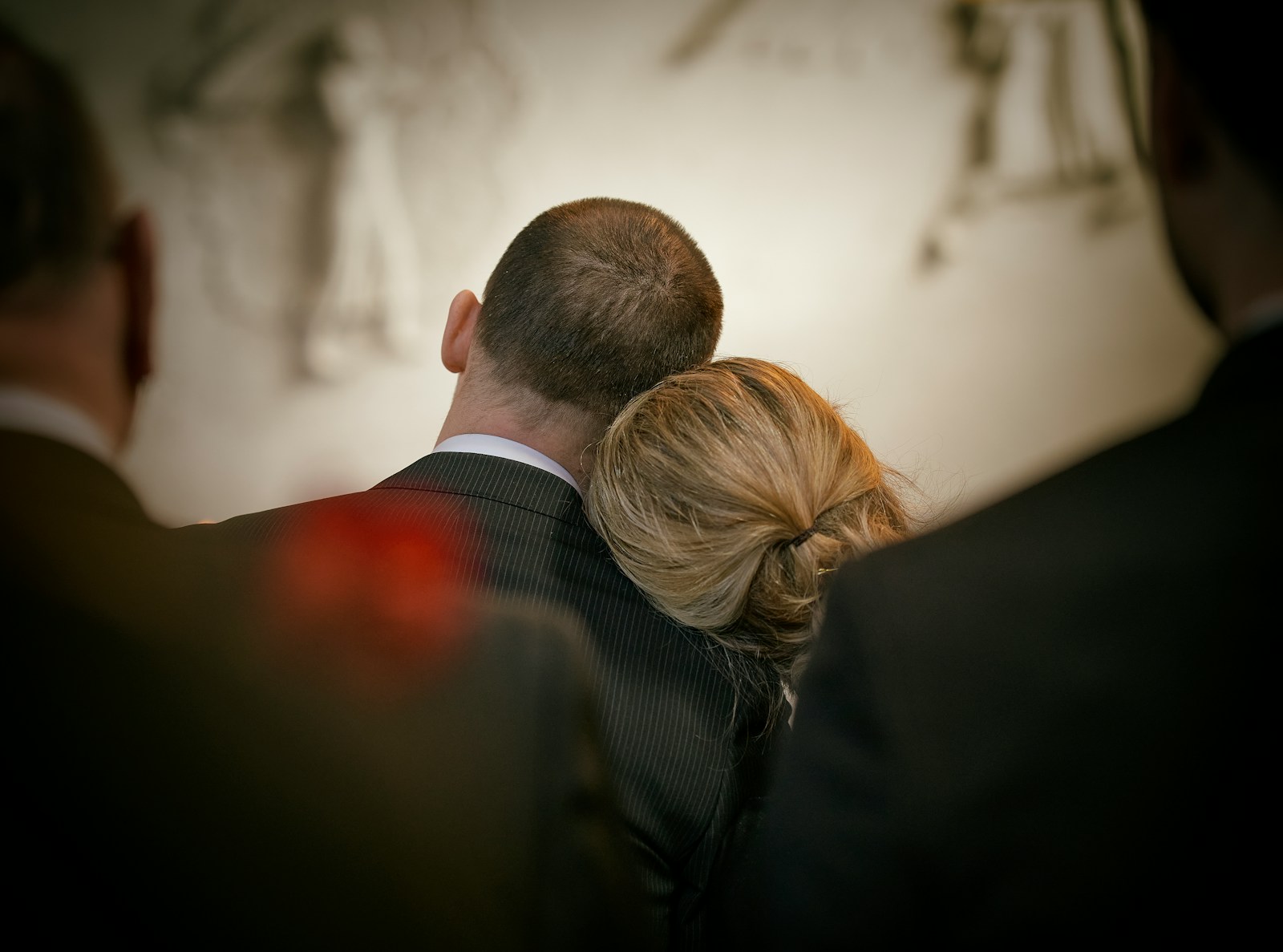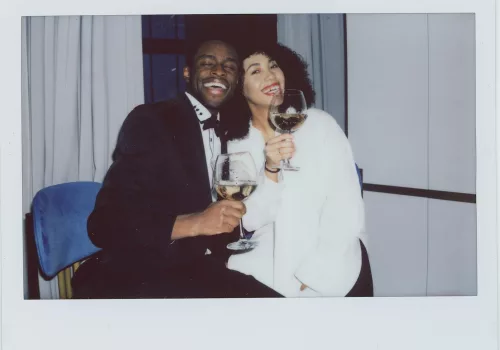Blending wedding cultures and traditions is a beautiful way to celebrate the diversity and richness of different backgrounds coming together. One effective way to blend wedding cultures is to involve both families in the planning process, ensuring that both sides feel included and respected. This can help create a sense of unity and harmony between the two families, setting the tone for a joyous celebration.
1. Research and Understanding Each Tradition
Before the wedding day, it is crucial to research and understand the significance of each tradition that you plan to incorporate. This will help you convey the meaning behind each custom to your guests and ensure that the rituals are carried out with respect and authenticity. By understanding the cultural significance of each tradition, you can blend them seamlessly into the wedding ceremony. This involves delving deep into the historical and cultural backgrounds of the traditions, consulting with family members or cultural experts, and incorporating the rituals with sensitivity and reverence.
Deep Dive: Historical Context
Understanding the historical context of each tradition can offer a richer perspective. For instance, if you’re incorporating a traditional tea ceremony from Chinese culture, learning about its roots in honoring family elders can provide depth to the ritual. Similarly, understanding the significance of a mehndi ceremony in South Asian weddings, which symbolizes joy and beauty, can enhance the experience for everyone involved.
Consulting Cultural Experts
Consider engaging with a cultural consultant or a wedding planner specializing in multicultural weddings. Their expertise can help navigate potential cultural faux pas and provide insights into how to blend traditions seamlessly. They can also suggest innovative ideas to present traditional elements in a way that resonates with modern sensibilities.
2. Create a Fusion Ceremony
Consider creating a fusion ceremony that combines elements from both cultures in a meaningful and harmonious way. This can involve blending traditional attire, music, and rituals to create a unique and inclusive wedding experience. By crafting a fusion ceremony, you can honor both traditions while symbolizing the coming together of two families. This fusion can extend beyond the ceremony itself and into the reception, where a blend of cuisines, music, and decorations can further showcase the unity of the couple and their families.
Example: A Blended Ceremony Script
Imagine a ceremony where the officiant shares elements from both cultures. Begin with a traditional blessing from one culture, followed by a symbolic ritual from the other. This could be as simple as incorporating a Native American blessing to start the ceremony and then moving into a traditional Jewish breaking of the glass to conclude it. Each element tells a story, and together, they weave a narrative of unity.
Music and Dance
Music is a universal language, and incorporating it into your wedding can bridge cultural divides. Consider a live band that can perform traditional songs from both cultures or a DJ who can seamlessly blend tracks. For dance, a choreographed performance that includes traditional dances from each culture can be a show-stopping moment. Imagine a Sangeet night from Indian weddings combined with the Hora from Jewish weddings—guests will have an unforgettable experience.
3. Customize the Celebration
Personalizing the wedding celebration with elements that reflect both cultures is another effective way to blend traditions. This can include serving traditional dishes from both cultures, incorporating cultural decorations and motifs, and showcasing music and dances from each background. By customizing the celebration, you can create a memorable and heartfelt event that honors the diversity of both families. Customization can also involve creating unique wedding favors that represent the merging of traditions or incorporating elements of both cultures into the wedding invitations and stationery.
Culinary Delights
Food is often the heart of celebrations. Collaborate with your caterer to design a menu that brings together flavors from both cultures. For example, if one partner is Italian and the other is Mexican, consider serving a Caprese salad with a spicy twist or offering a pasta station alongside a taco bar. Fusion menus can surprise and delight guests, providing a talking point that ties back to the theme of unity.
Invitations with a Twist
Design wedding invitations that reflect both cultures. Use bilingual text or incorporate traditional motifs and patterns from each culture in the design. This not only sets the tone for the celebration but also gives guests a glimpse into the rich tapestry of traditions they will witness.
4. Communicate Openly
Open communication and flexibility are key when blending wedding cultures and traditions. It’s important to have honest conversations with both families to address any concerns or preferences regarding the wedding ceremony. Being open to compromise and finding common ground will help create a harmonious celebration that respects and honors all traditions involved. Additionally, flexibility in scheduling, venue choice, and even the order of events can contribute to a seamless blending of traditions and ensure that both families feel valued and included in the wedding festivities.
The Art of Compromise
Navigating the expectations of both families can be challenging. Create a list of non-negotiables for each culture and look for creative solutions to incorporate them. For instance, if one family values a church ceremony and the other prefers an outdoor wedding, consider having a brief ceremony at each location or incorporate religious elements into an outdoor setting.
Regular Check-ins
Regular meetings or calls with family representatives can help keep everyone on the same page. These check-ins can address any concerns early on and ensure that the planning process is collaborative rather than confrontational. This open line of communication can alleviate stress and make the planning process more enjoyable for everyone involved.
5. Engage in Cultural Education
Educating your guests about the traditions and customs being blended at your wedding can enhance their understanding and appreciation of the celebration. Consider incorporating brief explanations or storytelling moments during the ceremony to share the origins and meanings of specific cultural rituals. This approach not only respects the traditions but also educates and engages your guests, making the experience more inclusive and meaningful. By fostering an environment of cultural appreciation, you create a deeper sense of community and connection among all attendees.
Storytelling Through Rituals
Incorporate storytelling into your ceremony by having the officiant share the significance of each ritual as it occurs. This can be done through a program or by narrating the story behind rituals like the exchange of garlands in Hindu weddings, which symbolizes mutual respect, love, and acceptance.
Visual Displays
Create visual displays or boards at the reception that explain various traditions. These could include photographs, descriptions, and even interactive elements like videos or QR codes that link to stories about the customs. Guests can engage with these at their leisure, deepening their understanding and appreciation of the cultures being celebrated.
6. Include Bilingual Elements
If language differences are part of the cultural blend, incorporating bilingual elements into your wedding can be a thoughtful and inclusive gesture. This might involve having bilingual wedding invitations, programs, or even dual-language ceremonies where key moments are expressed in both languages. Such inclusivity ensures that all guests feel welcomed and valued, and it honors the linguistic heritage of both families. Bilingual or multilingual elements can bridge communication gaps and celebrate the linguistic diversity of the united families.
Dual-Language Ceremony
Consider having a bilingual officiant or translator available during the ceremony. This allows key parts of the ceremony to be understood by all attendees. Alternatively, you can provide printed translations of the ceremony script for guests who may not speak the primary language used.
Language in Decor
Incorporate bilingual elements into your wedding decor. For instance, use bilingual signs for directions, table numbers, or menu descriptions. This small touch can make guests feel more included and appreciated, especially those who may not be fluent in the primary language of the event.
7. Incorporate Traditional Attire
Wearing traditional attire from both cultures can be a visually striking and meaningful way to honor your heritages. Whether you choose to wear one outfit or change between different cultural attires throughout the event, this gesture pays homage to your roots. It also provides a unique and memorable visual element for your wedding, celebrating the beauty and diversity of your combined cultures in a very personal and visible way.
Attire Changes
Consider starting the ceremony in traditional attire from one culture and changing into attire from the other culture for the reception. This not only honors both backgrounds but also adds an element of surprise and excitement for guests. For example, a bride might wear a traditional white gown for the ceremony and change into a vibrant sari for the reception.
Coordinating with the Wedding Party
Encourage the wedding party to wear attire that reflects both cultures. Bridesmaids and groomsmen can wear traditional garments that complement each other, adding to the overall theme of cultural unity. Providing them with attire or accessories that honor both cultures can also serve as a meaningful keepsake from the day.
8. Blend Culinary Traditions
Food is a powerful cultural expression, so blending culinary traditions at your wedding can be a delightful and tasty way to honor both families. Work with your caterers to create a menu that features signature dishes from both cultures, or consider having a fusion cuisine that creatively combines elements from both culinary traditions. This approach not only makes for an exciting and unique dining experience but also symbolizes the merging of cultures in a tangible and enjoyable way.
Fusion Menu Ideas
Collaborate with your chef to design a menu that showcases the best of both culinary worlds. For example, a fusion menu might include sushi tacos, combining Japanese and Mexican cuisines, or gnocchi with curry sauce, blending Italian and Indian flavors. Offering a tasting menu can also allow guests to sample a variety of dishes from both cultures, enhancing the dining experience.
Signature Cocktails
Create signature cocktails that reflect your cultural backgrounds. These could be traditional drinks with a modern twist, like a margarita infused with Asian flavors like yuzu or a classic cocktail with spices from South Asia. Offering a selection of culturally inspired drinks can be a fun and interactive element for guests to enjoy.
9. Plan Culturally Themed Decor
Incorporate decor elements that reflect the aesthetics and symbolic motifs of both cultures. This could involve using specific colors, patterns, or decorative items that have cultural significance. Thoughtfully combining these elements can create a visually cohesive and culturally rich environment that celebrates your shared heritage. The decor becomes a backdrop that tells a story, weaving together the threads of both cultures into a shared narrative.
Symbolic Colors and Patterns
Research the significance of colors and patterns in both cultures and find ways to incorporate them into your decor. For example, red is often associated with good luck and happiness in many Asian cultures, while white is a traditional color in Western weddings. Integrating these colors in floral arrangements, table settings, or even lighting can create a stunning visual effect.
Cultural Artifacts
Incorporate cultural artifacts or symbols into the decor. This could include items like lanterns, fans, or traditional textiles. Display them in a way that respects their cultural significance and adds to the overall aesthetic of the venue. These elements can serve as conversation starters, allowing guests to learn more about each culture.
10. Honor Both Families in the Ceremony
Find ways to actively involve representatives from both families in the wedding ceremony. This might include having family members perform readings, participate in traditional rituals, or play specific roles that are culturally significant. By giving both families a role in the ceremony, you not only honor their contributions to your lives but also symbolize the coming together of two lineages. This active participation can foster a sense of unity and respect, laying a foundation for strong family bonds in the future.
Family Involvement
Invite family members to participate in unique ways, such as lighting a unity candle together, which symbolizes the joining of two families into one. Alternatively, consider a sand ceremony where members from both sides pour different colored sand into a single vessel, representing the blending of lives and traditions.
Acknowledging Ancestors
Incorporate a moment of silence or a special tribute to honor ancestors from both families. This can be a touching way to acknowledge the lineage and heritage that have shaped each family’s journey. Consider displaying photos of ancestors or setting up a memory table with mementos and meaningful items that celebrate their legacy.
By thoughtfully blending cultures and traditions in your wedding, you create a celebration that is not only memorable and unique but also deeply meaningful. It’s a journey of discovery, understanding, and mutual respect, resulting in a union that honors the past while celebrating the future.






